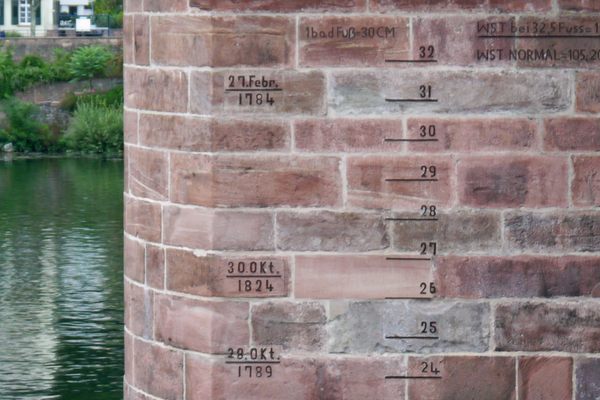About
As officials and historians prepared the historic Tokapi Palace in Istanbul for its conversion into a museum in 1929, a previously unknown and beautiful world map was discovered. Although only a fragment of the original, the map immediately attracted attention for its extensive annotations and the intriguing appearance of what appeared to be the American continents on a map just 21 years after Columbus's expeditions, and before other Western European expeditions were able to report their early discoveries with maps.
Drawn on gazelle skin, the map was the work of the Ottoman admiral and cartographer Piri Reis in 1513 (the map is actually dated to 919 according to the Muslim calendar). He claimed in the extensive notes he left on the map to have drawn his inspiration from more than 20 source maps, some dating back to the time of Alexander the Great. The map is highly accurate in most ways for its time, although it does have many flaws typical of maps drawn from second-hand information.
The notes discuss the various sources of information, and also include a running commentary on places featured in the map, which are sometimes quite colorful. For example:
"This country is a waste. Everything is in ruin and it is said that large snakes are found here. For this reason the Portuguese infidels did not land on these shores and these are also said to be very hot."
Piri Reis went on to create several maps and in 1521 wrote his masterpiece Kitab-ı Bahriye, or "Book of Navigation.” Reis was no bookish scholar though, and he went on to have a life of sailing and adventure, participating in the siege of Rhodes in 1522, and ended his days in Egypt, where after refusing to support the Ottoman government he was publicly beheaded.
The Piri Reis Map has also been a subject of much controversy in both academic and crackpot circles, with the source materials for the map and their significance being debated. Historians spent years looking for a long lost map of Columbus, as cited by Reis in the margins, "The coasts and islands on this map are taken from Colombo's map.” Since no Columbus map has ever been found, this was a tantalizing bit of information, but as of yet, no such map has emerged.
Crackpots saw in the accuracy of the map the handiwork of Atlanteans or aliens. The situation came to a head in 1968 when the map was featured as an example of "impossible ancient knowledge" in the book "Chariots of the Gods? Unsolved Mysteries of the Past.”
Things have settled down in the years since. It has been studied and examined and found to be impressive but not without flaws in keeping with its time, and more than anything it serves as a top notch example of military intelligence gathering and cartography.
Although the Piri Reis Map is often referred to as the oldest extant map showing the American continent, at least four older maps show America: the 1500 Spanish Juan de la Cosa Map, the 1502 Portuguese Cantino Planisphere, the 1505 Italian Caverio Map, and the Waldesmuller Map of 1507, a copy of which is at the Library of Congress in Washington, D.C.
A fragment of a later map by Piri Reis showing parts of North America also exists to this day.
Sadly, the Piri Reis Map is not on public display, but along with his a copy of his 1521 Kitab-ı Bahriye, or "Book of Navigation", is a part of the archives of the Topkapi Palace Library.
Related Tags
Published
May 28, 2010



















